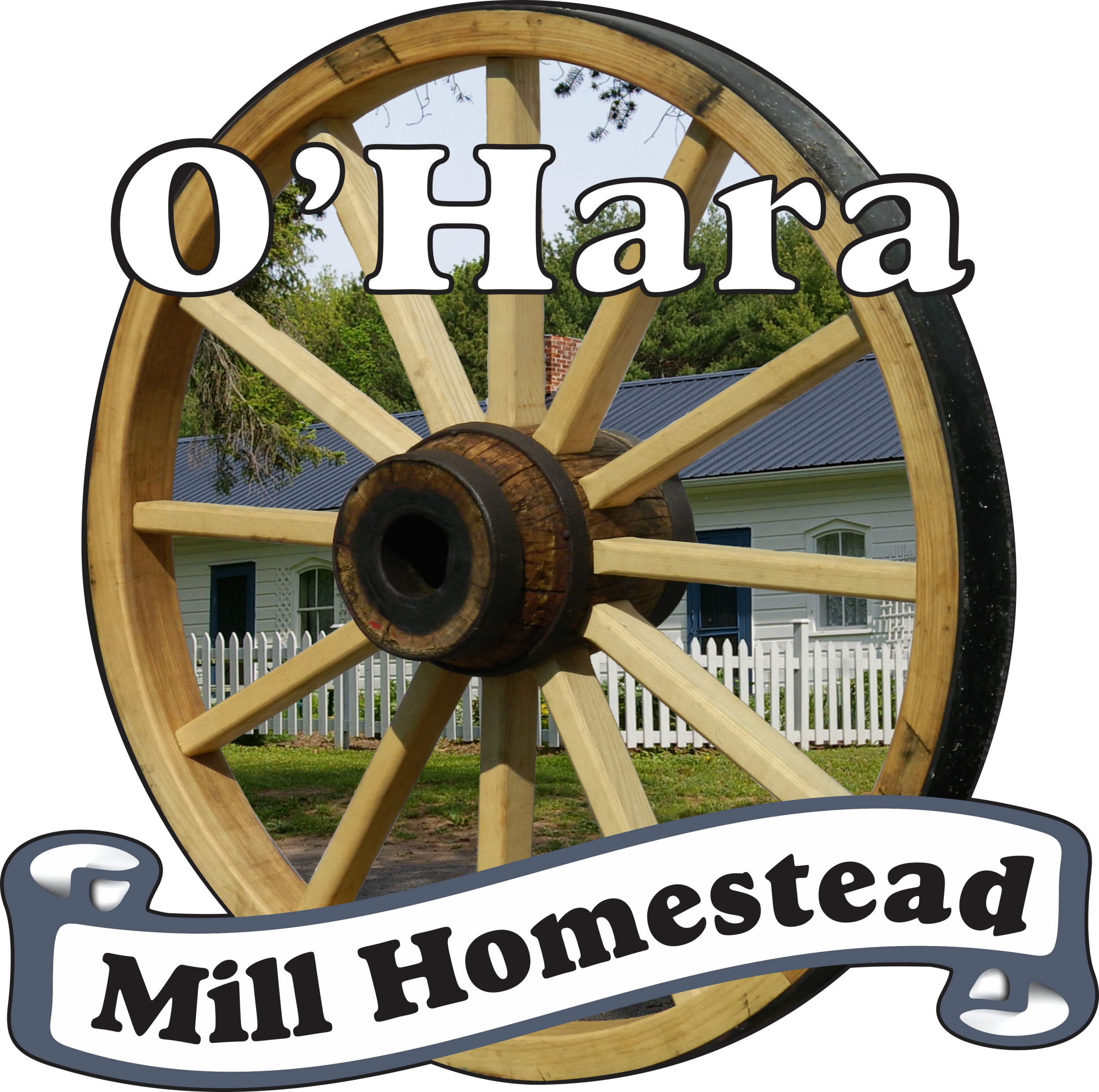Threshing Away The Day
Agriculture/ August 12th, 2021
Today we are going to be taking a look at the process of threshing grain. Essential to the journey of grain from the field to use, this process underwent large improvements throughout the 1800s.
You might be asking yourself, what exactly is threshing? Simply put, it is the process of loosening the grain, which is edible, from the non-edible straw. This process has been around a very long time and has always been very time consuming and requiring of large amounts of energy. Threshing is the step that followed after reaping the grain from the fields.
Throughout history this time consuming process was a time that communities came together to help each other out. Often a bee would be held and everyone who was able pitched in to speed up the time consuming but necessary process of threshing the grain harvest.
The Flail
A Flail
Before any form of mechanical threshing was invented, threshing grain was done by beating bundles of grain on the barn threshing floor. A flail was used for this laborious job, consisting of a long handle fastened by rope or rawhide to a shorter club. After the flailing, the straw was raked off. A flail was an invention that replaced the prior way of doing things, which was either beating the grain on the floor or using a stick.
Then a winnowing basket was used to throw the remaining chaff and grain kernels in the air, the wind blowing the lighter chaff aside, the heavier grain falling down to be collected. The large barn double doors on both ends of the threshing floor would be open for maximum airflow.
It has been claimed that a man could thresh about 7 bushels of grain a day with the flail!
The Groundhog Thresher
Groundhog thresher hooked up to a motor.
The groundhog thresher is an example of the earliest form of mechanized grain threshing, first after the age-old method of flailing and winnowing grain by hand on the barn threshing floor.
Invented in 1788, this machine consists of a rotating iron drum with finger-like spikes and a fixed concave below the drum with similar offset spikes. When a sheaf of grain was placed on the apron and fed in against the rotating spikes, the grain, husks, and chaff were separated from the straw and dropped into a collecting pan. The grain kernels were further separated by winnowing or run through a fanning mill.
Early groundhog models had a hand crank on both sides. This O'Hara Mill model, with its belt pulley, was probably built in the mid-1800’s and is powered by a horse walking on a treadmill.
After the process of threshing, the grain would make its way to the granary where it would be stored and eventually processed. The straw would be used around the farm for a variety of purposes, such as for in horse stalls or to make scarecrows to protect the crops.
We hope now you know a little more about the process and machinery used to get grain to your table from the field!
𝓗𝓮𝓪𝓽𝓱𝓮𝓻 & 𝓜𝓲𝓪


